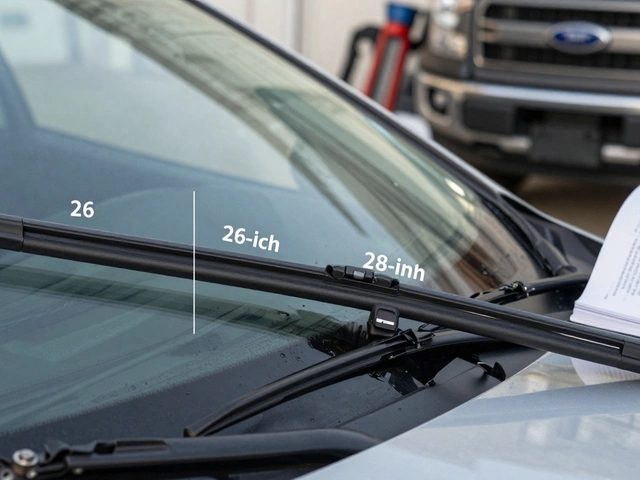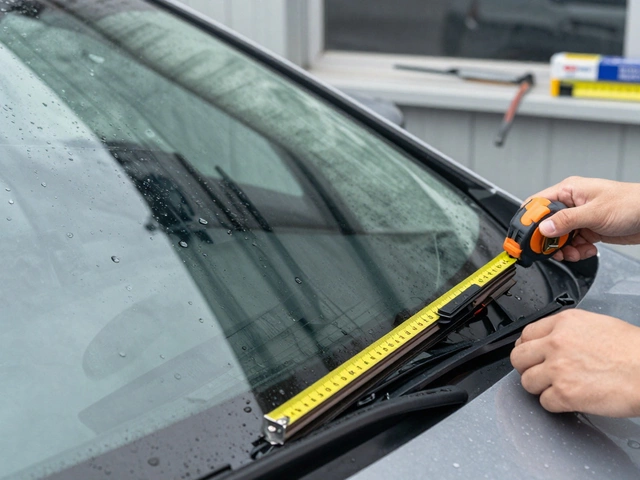Engine Cooling System: What It Does, Why It Fails, and How to Fix It
When your car’s engine cooling system, the network of parts that regulates engine temperature by circulating coolant. Also known as the automotive cooling system, it keeps your engine running at the right heat—no more, no less. If it stops working, your engine doesn’t just get hot. It can warp, seize, or blow a head gasket—all in minutes. You won’t always see steam or smoke. Sometimes, the first sign is your temperature gauge creeping up, or a weird smell under the hood.
The heart of this system is the car radiator, a metal heat exchanger that cools down the hot coolant after it passes through the engine. It’s connected to the engine by hoses, and a water pump pushes the coolant through the loop. A thermostat opens and closes to control flow, and a fan pulls air through the radiator when you’re idling or crawling in traffic. All of it depends on coolant, a mix of water and antifreeze that doesn’t freeze in winter or boil in summer. Skip an oil change? Maybe you’ll just lose a little power. Skip checking your coolant? You’re playing Russian roulette with your engine.
Most radiator failures don’t happen overnight. They start small: a slow leak under the car, a faint sweet smell, a tiny crack in the plastic tank. Over time, rust, debris, or old coolant turns into sludge that clogs the passages. That’s when your engine starts running hot—even if the radiator looks fine. And if you keep driving, you’re not just risking a tow truck. You’re risking a $2,000 engine rebuild. The good news? You can catch most problems early. Check your coolant level once a month. Look for puddles under the car. Listen for gurgling noises after you turn off the engine. These aren’t just signs—they’re warnings you can act on.
What you’ll find below are real, practical guides from drivers who’ve been there. How to spot a bad radiator before it leaves you stranded. Why your radiator might fail at 120,000 miles—and what you can do to make it last longer. What really causes coolant leaks, and how to fix them without paying a fortune. You’ll also see how engine cooling problems can sneak into other systems, like your heater or even your transmission. This isn’t theory. These are the fixes, the mistakes, and the red flags that actually matter when your car’s temperature gauge starts climbing.





